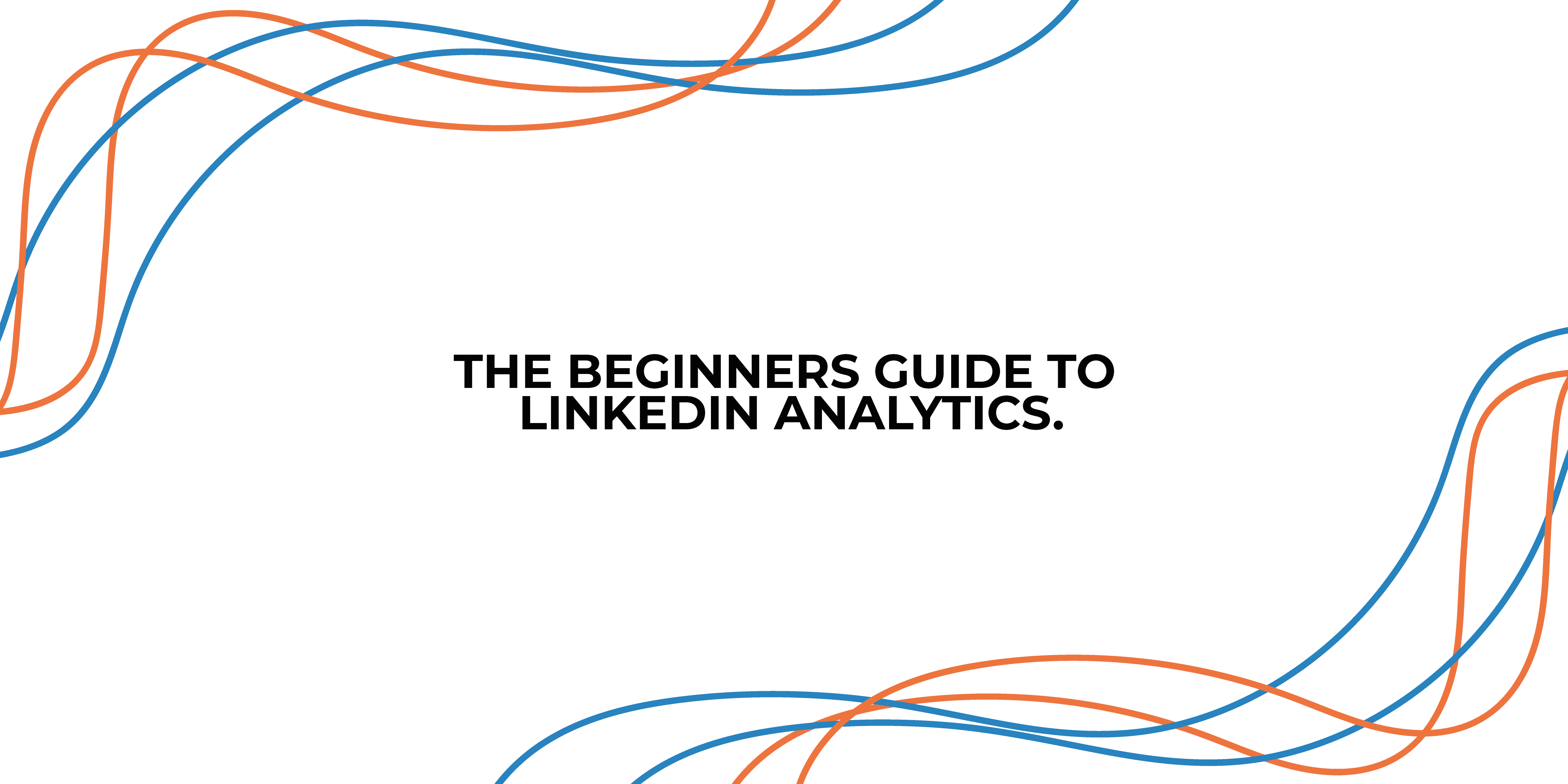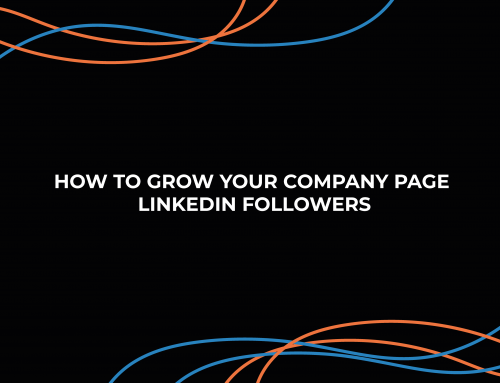If your company uses LinkedIn for business, tracking LinkedIn analytics should be essential to your social media strategy. This is because analytics tools assist marketers in monitoring various social media data and reporting results.
But what difference does it make?
Tracking LinkedIn analytics is critical when it comes to quantifying your social media marketing efforts and giving the data you need to better your social media ROI and meet social media objectives. After all, if you don’t monitor data, you can only assume if your brand is fulfilling its goals.
In other words, you can tell with confidence whether you’ve reached a new milestone, such as record audience growth, engagement, or conversions, using LinkedIn analytics.
How do I utilise LinkedIn Analytics?
Begin by going to your LinkedIn analytics dashboard: log in to your account and browse your business page. From there, you may examine your analytics in a variety of ways. Here are several examples:
Analytics Dashboard
The Analytics Dashboard is the primary place for tracking the success of your LinkedIn profile. There are three data categories in this Dashboard:
1. Visitor Analytics
- Updates on engagement stats for LinkedIn content.
- Demographics of your followers and the number of individuals that subscribe to your page.
2. Activity Dashboard
This Dashboard contains qualitative data on:
- Likes
- Shares
- Comments
3. Mentions
You may crunch the data here to identify the reasons for data direction patterns. In other words, the activity dashboard will explain why specific indicators are increasing or decreasing.
LinkedIn Post Analytics
LinkedIn’s Updates Dashboard area enables you to get detailed metrics from postings. You may also monitor the performance of each post separately.
LinkedIn Profile Analytics
Checking your page visitors and profile analytics is another excellent approach to obtain information and ensure your content is engaging enough. These figures may be seen on your profile under Your Dashboard.
LinkedIn data that every digital marketer should be aware of.
LinkedIn is home to the world’s largest professional networking group.
Among its 790 million members and 55 million businesses are:
- 46 million business-to-business decision-makers.
- 17 million influential people.
- 6 million IT decision makers.
- 10 million senior executives.
Still not convinced?
- In 2020, content production on LinkedIn surged by 60%, with viewers more engaged than ever before.
- Due to LinkedIn advertising exposure, brands’ purchase intent increased by 33%.
- A LinkedIn ad has the potential to reach 13% of the world’s over-13 population.
- Over 200 criteria are available in LinkedIn Ads for audience targeting.
That’s why it’s important to find your most meaningful LinkedIn metrics, transform that data into insight, and boost the number of people who follow your page.
Using LinkedIn Analytics to Create a Success Path
The data in your LinkedIn Analytics provides critical insights on how to increase your audience and engagement.
Use your metrics to find out the answers to queries like:
- What do your most popular articles have in common?
- What are the characteristics of your worst-performing posts?
- What effect do hashtags have on post views and engagement?
- What kind of material generates the most discussion?
- When is the optimum time to publish for your target audience?
- What postings are most effective at reaching your target audience?
Over time, you may improve the outcomes of any marketing aim by producing more of the content that is generating the most outstanding results.





